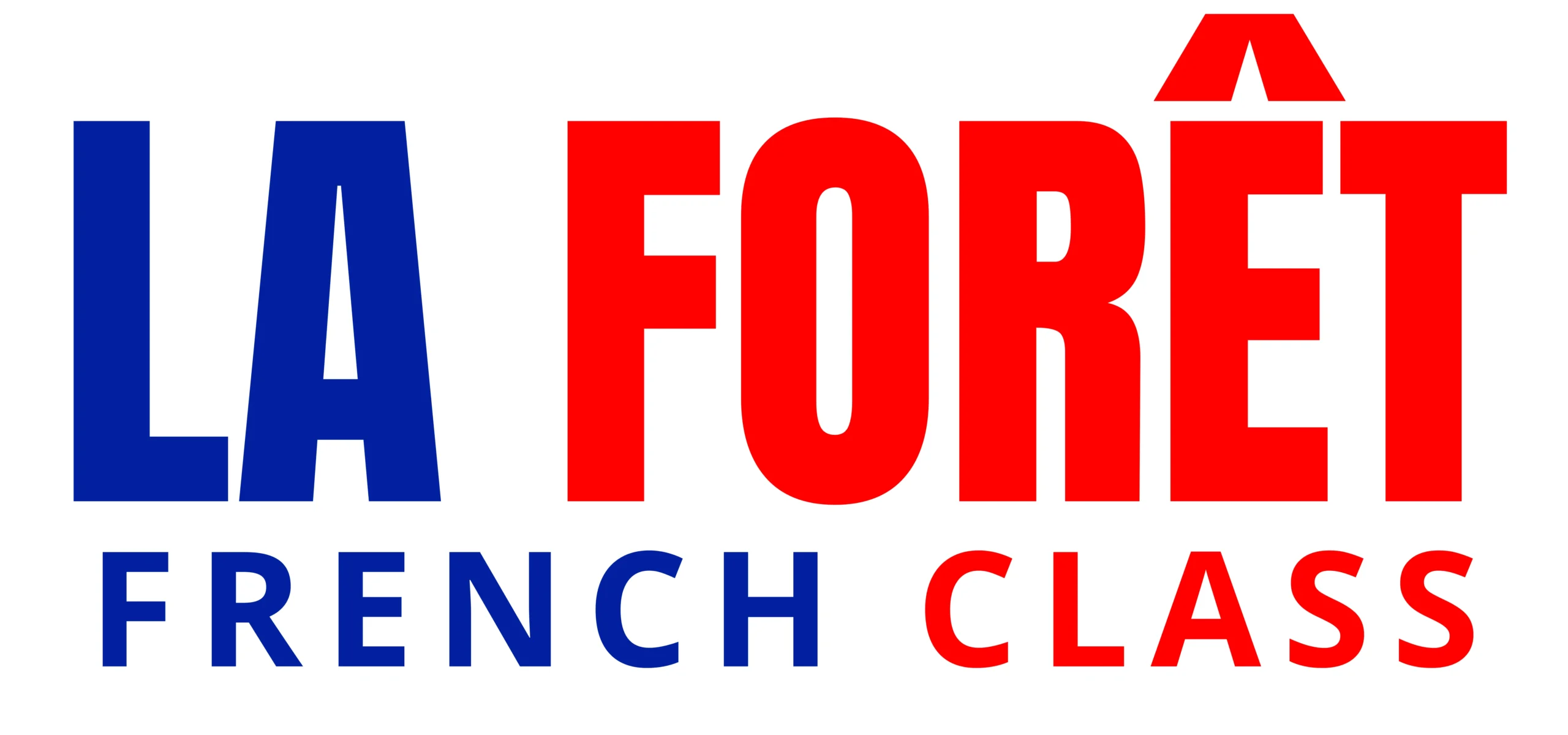Understanding French dialects is crucial not only for language learners but also for anyone involved in international travel, business, or cultural exchange. It enables individuals to connect authentically with locals and navigate diverse linguistic landscapes effectively. Each French dialect offers a unique lens through which to view regional identities, histories, and cultural nuances. Proficiency in these variations enhances the ability to connect authentically with locals. It also enables individuals to navigate diverse linguistic landscapes and appreciate the richness of Francophone cultures. This knowledge not only enriches travel experiences. It also facilitates effective communication in global business contexts where cultural sensitivity and linguistic diversity are valued.
Overview of French Dialects
French dialects constitute a rich tapestry of linguistic diversity that diverges from Standard French in pronunciation, vocabulary, and grammar. These variations have evolved over centuries due to historical, geographical, and cultural factors. They reflect interactions between French and local languages, as well as influences from colonial legacies, regional traditions, and global migrations. Exploring French dialects not only enhances linguistic skills. It also fosters cultural empathy and a deeper understanding of the complex dynamics shaping Francophone communities worldwide.
Varieties Within France
Metropolitan French
Metropolitan French originates from the Parisian dialect. It serves as the standard variety used in education, media, and formal contexts across France. Its influence extends globally through French literature, cinema, and diplomacy. This makes it the most widely recognized and taught dialect of French worldwide. The Parisian accent is characterized by its clear articulation. It sets the standardized grammar and linguistic norms for the French-speaking world.
Meridional French
Meridional French is spoken in the southern regions of France, including Provence, Languedoc, and Gascony. It reflects influences from the Occitan language family, known for its melodic intonation and rich cultural heritage. This dialect features distinctive vocabulary related to regional cuisine, traditional practices, and geographic landscapes. It offers insights into the unique cultural identity and historical legacy of southern France.
Learn about French-speaking countries around the world and their rich cultures, history, and languages.
Other Regional Variations
Belgian French
Belgian French exhibits distinctive lexical and phonetic features influenced by Belgium’s multilingual environment, particularly Dutch. It includes regionalisms and expressions that reflect Belgium’s cultural diversity and historical ties. Belgian French speakers navigate between linguistic borders. They integrate Flemish words and expressions into their speech, while maintaining connections to French linguistic norms and cultural practices.
Swiss French
Swiss French is spoken in Switzerland alongside German, Italian, and Romansh, reflecting the country’s linguistic diversity and cultural harmony. The Swiss accent is known for its neutrality and clarity. This makes it accessible across linguistic regions within Switzerland and neighbouring countries. Swiss French speakers adapt their language to local contexts. They blend French with elements of neighbouring languages and dialects. This fosters mutual understanding and cultural cohesion in Switzerland’s federal system.
Canadian French
Canadian French encompasses various regional dialects, with Quebecois French being the most prominent and distinctive. It is characterized by a robust vocabulary that integrates English loanwords, Indigenous terms, and regional slang. This reflects Canada’s multicultural Francophone heritage. Varieties such as Acadian French in Atlantic Canada contribute to Canada’s rich linguistic tapestry. Similarly, Métis French in the Prairie provinces also adds to this diverse linguistic landscape. Each has its unique linguistic features and cultural expressions that reflect local history and identity.
Louisiana French
Louisiana French, including Cajun French spoken primarily in Louisiana, reflects a blend of French, African, Native American, and Caribbean influences. Its unique linguistic features, such as Creole elements and distinctive grammar, underscore the region’s multicultural identity. Louisiana French speakers cherish their language as a symbol of cultural resilience and heritage. They use it to preserve traditions and express their unique cultural identity within the broader context of American society.
Haitian French
Haitian French coexists with Haitian Creole in Haiti, reflecting the country’s complex history of colonization, slavery, and cultural resilience. It incorporates Creole syntax and vocabulary into French structures. This creates a dynamic linguistic blend that reflects Haiti’s unique cultural identity. Haitian French speakers navigate between languages with ease. They use each to express different aspects of their cultural heritage and social interactions. This linguistic diversity enriches Haiti’s cultural landscape and fosters a sense of identity and community among its speakers.
North African French
North African French is prevalent in countries such as Algeria, Tunisia, Morocco, and Egypt. It reflects influences from Arabic languages and cultures. This dialect incorporates Arabic loanwords and pronunciation patterns. These reflect centuries of cultural exchange and colonial history in the Maghreb region. North African French speakers embrace their language as a bridge between French and Arabic-speaking communities. They use it to navigate diverse cultural landscapes and foster mutual understanding across linguistic and cultural boundaries.
Congolese French
Congolese French is spoken in the Democratic Republic of Congo and surrounding countries, where it integrates local languages such as Lingala and Swahili into its vocabulary and syntax. This dynamic blend reflects Central Africa’s linguistic diversity and cultural dynamics. Congolese French speakers adapt their language to local contexts and social interactions. Congolese French serves as a vehicle for cultural expression and communication. It enriches regional identities and fosters connections among diverse linguistic communities.
French Dialects in India
French influence in India, particularly in Puducherry (formerly Pondicherry), dates back to French colonial rule. It continues to influence local culture and language significantly. French in Puducherry coexists with Tamil and English, reflecting the region’s multicultural heritage and historical ties to France. Puducherry’s French-speaking community preserves its language as a symbol of cultural identity and historical continuity. They use it to maintain connections with the global Francophone community. Additionally, they foster cultural exchange within India’s diverse linguistic landscape.
Learning French? We’ve Got Hacks!
Sign up and let our tutors show you learning hacks that’ll speed up your progress!
How to Practice French Dialects
To effectively practice different French dialects, media consumption can be a valuable tool. Here are several ways to engage with diverse dialects through various resources:
1. YouTube Channels and Videos:
Français Authentique:
- Accent: Standard French (Metropolitan French)
- Details: The lessons on Français Authentique focus on everyday French spoken in France, mainly featuring the standard accent heard in the Paris region. The channel may occasionally explore different accents and colloquialisms, but the primary accent is the standard French.
Easy French:
- Accent: Various French accents
- Details: Easy French conducts street interviews and provides cultural insights from different French-speaking regions. This means you will hear a mix of accents, including but not limited to Metropolitan French (from Paris and other parts of France), Quebec French, Belgian French, Swiss French, and regional accents from different parts of France (such as the south of France, Brittany, etc.).
Cyprien:
- Accent: Standard French (Metropolitan French)
- Details: Cyprien is a popular French YouTuber whose content is primarily in Metropolitan French, the standard accent of France, especially the Paris region. His sketches and vlogs reflect contemporary French language and culture with this standard accent.
2. Podcasts:
- Coffee Break French: Covers different aspects of French language learning, including episodes that explore regional accents and dialects.
- Les Baladeurs: Features personal stories and interviews in various French dialects, offering listeners exposure to authentic regional speech.
3. Regional Films and TV Shows:
- Netflix: Offers a range of French-language content from different regions, such as “Marseille” (France), “Unité 9” (Quebec), and “Call My Agent!” (Parisian French).
- Arte: A Franco-German TV network with a diverse selection of documentaries and dramas that include regional French accents and dialects.
4. Immersive Language Programs:
- La Forêt French Class: Provides immersive experiences in French-speaking environments, allowing participants to interact with native speakers and practice dialect-specific language skills.
- Alliance Française: Offers language courses and cultural events that often feature guest speakers from diverse Francophone backgrounds, exposing learners to various accents and dialects.
5. Language Exchange Platforms:
- Tandem: Connects language learners for virtual exchanges with native speakers, enabling practice in specific dialects through conversations and cultural exchange.
- HelloTalk: Facilitates language learning through text and voice messages with speakers of different French dialects, providing a platform for real-time practice and feedback.
Learn about the key differences between French vs. Québécois French in pronunciation, vocabulary, and expressions.
Conclusion
Exploring French dialects enriches language learning by deepening cultural understanding. It also fosters effective communication in diverse Francophone communities worldwide. Embracing these linguistic variations enhances not only your language skills. It also enhances your ability to connect authentically with people from different backgrounds and regions. Whether you’re a traveler, student, or business professional, proficiency in regional French dialects opens doors to new cultural experiences. It enriches your personal and professional life through meaningful interactions. To learn more about French, join La Forêt French Class.
Frequently Asked Questions
Q: What is the most unique French dialect?
Ans: The uniqueness of French dialects varies depending on cultural, historical, and linguistic factors. Each dialect offers distinct features that reflect its regional identity and cultural heritage. For example, Louisiana French incorporates Creole elements, while Swiss French adapts to multiple linguistic influences within Switzerland.
Q: How many French language speakers are there in the world?
Ans: French is spoken by over 300 million people worldwide, encompassing native speakers and learners. It holds significant status as an international language of diplomacy, culture, and commerce, with widespread use in diverse regions and industries.
Q: What are the top 3 languages in the world?
Ans: The top three languages by number of speakers are Mandarin Chinese, Spanish, and English, reflecting their global influence and widespread use across diverse regions. French ranks among the top languages for international communication and cultural exchange.
Q: Is French spoken in 100 countries?
Ans: French is an official or widely spoken language in over 50 countries across five continents, making it a global language of diplomacy, culture, and communication. Its presence spans diverse regions and cultural contexts, contributing to its status as a major world language.





